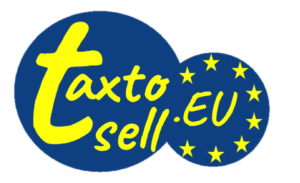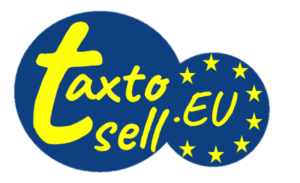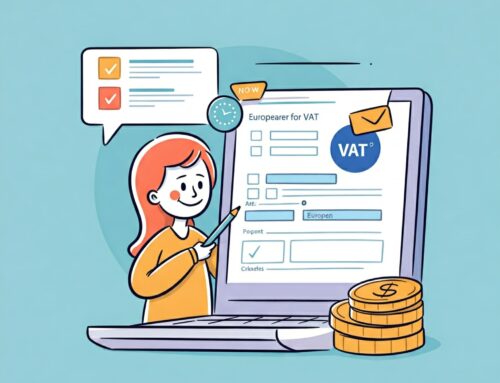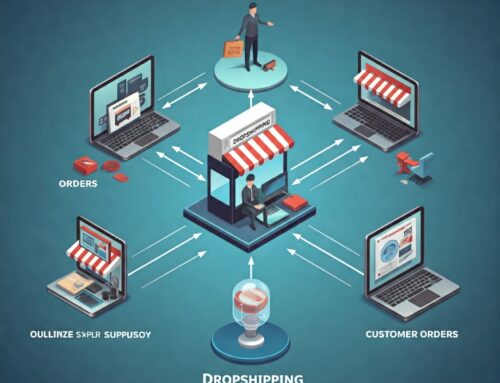This article has been written after the the substantial change in VAT regulation of July 2021.
Union (EU), understanding the VAT (Value Added Tax) obligations is crucial. The reverse charge mechanism and the One Stop Shop (OSS) scheme are two pivotal systems designed to simplify VAT compliance. This article delves into how these mechanisms work, their application to digital and non-digital services, and the benefits they offer to both sellers and buyers.
Understanding the Reverse Charge Mechanism
The reverse charge mechanism shifts the responsibility of declaring and paying VAT from the seller to the buyer. This system is primarily used in B2B transactions within the EU, including sales by non-EU businesses to EU customers. It aims to simplify VAT obligations for foreign sellers and combat VAT fraud.
When Does the Reverse Charge Apply?
- Services provided by a non-EU company to an EU business customer.
- Cross-border sales of goods between businesses in different EU member states.
- Specific goods and services transactions within a single country, subject to local regulations.
The OSS: Simplifying VAT Across the EU
The OSS scheme allows non-EU businesses to handle VAT for sales to EU consumers (and under certain conditions, to businesses) through a single electronic declaration. This is particularly relevant for digital services but can also apply to certain non-digital services, depending on the member state’s legislation.
Avoiding the Reverse Charge with the OSS
By registering for the OSS, sellers can charge VAT directly at the point of sale and remit it to the relevant tax authorities via the OSS system. This eliminates the need for the buyer to apply the reverse charge mechanism, streamlining the VAT process.
Benefits of the OSS for Customers
- Simplicity: Customers are not required to self-declare VAT, as it is charged at the point of sale.
- Transparency: Invoicing includes VAT, providing clarity on the total cost of services purchased.
- Compliance: Reduces the risk of VAT declaration errors by the customer, ensuring adherence to tax regulations.
Key Considerations for Using the OSS
- Eligibility and Registration: Check your eligibility for the OSS, especially if you offer non-digital services, as rules may vary.
- Correct VAT Rates: It’s essential to apply the correct VAT rate based on the consumer’s country, requiring up-to-date knowledge of VAT rates across the EU.
- Proper Documentation and Invoicing: While the OSS simplifies VAT declaration, issuing invoices that comply with local requirements, including the indication of charged VAT, remains necessary.
Resources and Assistance
Successfully navigating VAT regulations in the EU and making the most of the OSS scheme requires accurate and up-to-date information. Our specialized VAT chatbot, available at the bottom of the taxtosell.eu page, is here to assist you with your EU VAT queries, offering quick and precise guidance.
Conclusion
The reverse charge mechanism and the OSS offer effective solutions for managing VAT on sales of digital and non-digital services to EU customers, simplifying tax obligations for non-EU sellers and enhancing the purchasing experience for customers. By embracing the OSS, businesses can ensure more efficient and transparent VAT management, benefiting both sellers and buyers in the single European market.
For a deeper understanding of VAT implications when selling digital services in the EU, refer to our comprehensive guide, and our specific articles on selling eBooks, music and videos, and software for more insights.





